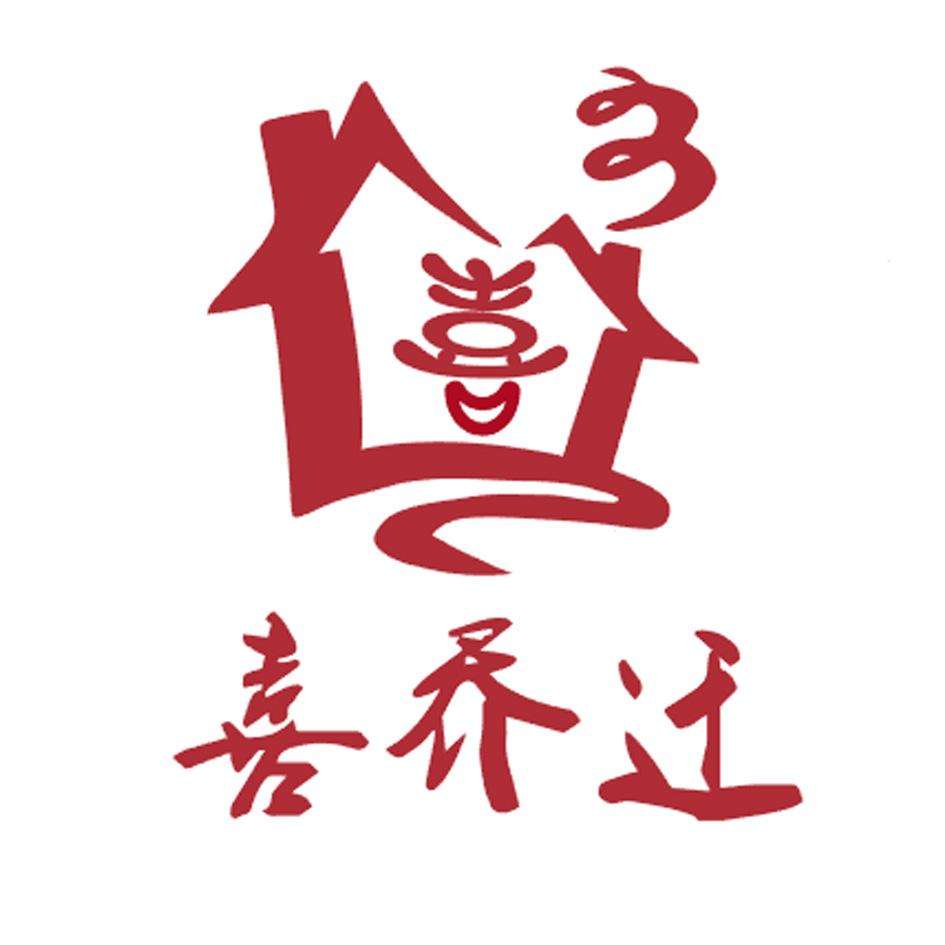看下面两个题:1. I'm afaid we can do nothing now but _______(wait).2. He had no choice but _______ (agree) to sell his house at a low price.我的分析:题一:考查nothing but,此处but为等立连词,后接动词原形。题二:考查nothing but,此处but还是等立连词,后接动词过去式,对应前文中的had。不知对否?另外,请提供not...but...的用法,特别是,but后跟动词的形式。
一。 allow
【语法用法】
1.allow有“给”的意思,后可以加双宾语。
he allows his son ¥10 a week.
2.permit和allow两词的用法和意思相近。两者可以通用,均指“允许”,且后面都可加宾语加不定式。
allow/permit me to congratulate you on your success.
当不存在宾语的时候,两词后加动名词。
we do not allow/permit smoking in the kitchen.
allow和permit还常用于被动语态。
smoking is not allowed/permitted in the kitchen.
但allow可与副词搭配使用,而permit不行。
she wouldn't allow me in.
此外,allow有“容许,并不禁止”的意思,而permit指“准许”,比allow更正式化。
nothing is permitted, everything is allowed.
一切都不准许,但也并不禁止。
3.allow of同admit of一样,指“有…的余地”。
the question allows of no dispute.
一切都不准许,但也并不禁止。
二。such as 可以做连词的,但与其他连词用法不同,之后接的成分只能是名词或名词性宾语。
三。not only is he clever but diligent. 他不仅聪明而且勤奋。
这样倒装你就明白了吧,或者这样也可以not only is it legal, it's very popular.
用户登录
还没有账号?立即注册
用户注册
投稿取消
| 文章分类: |
|
还能输入300字

上传中....








 怀倾
怀倾

